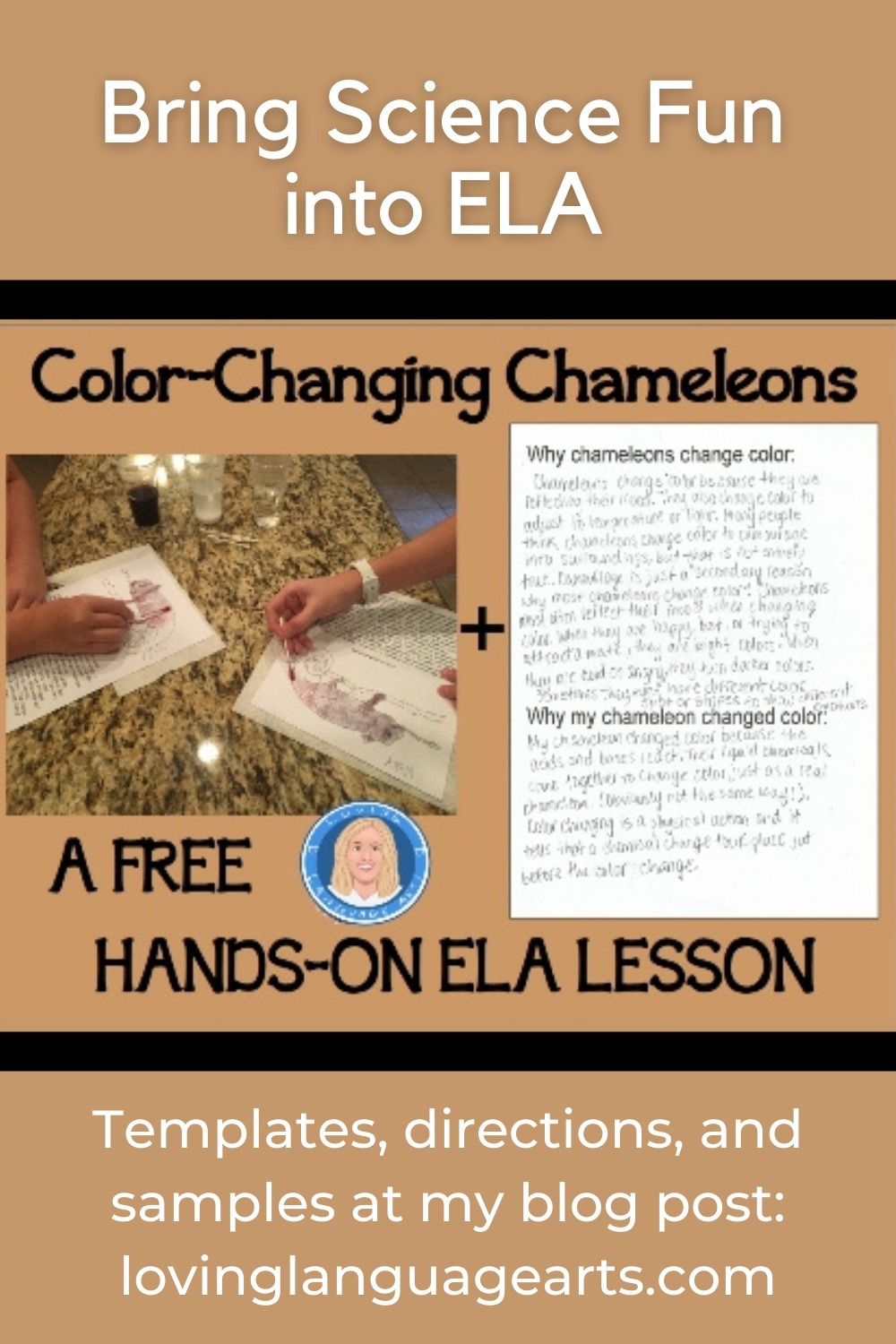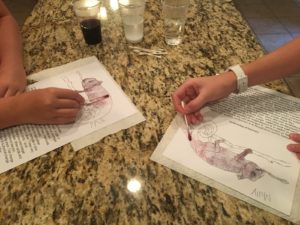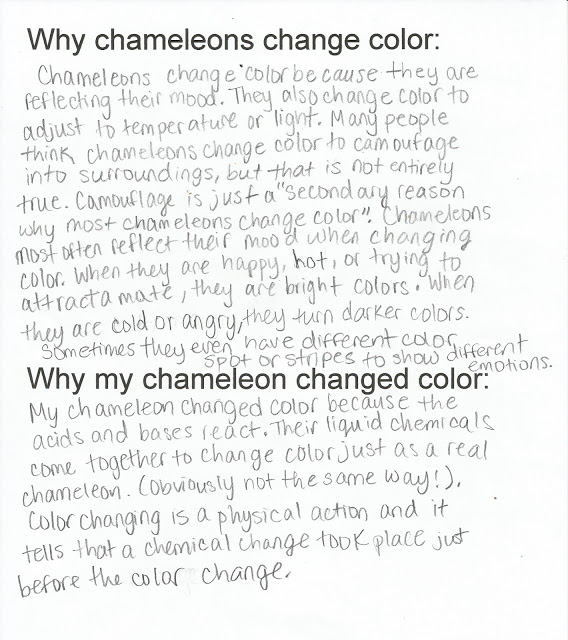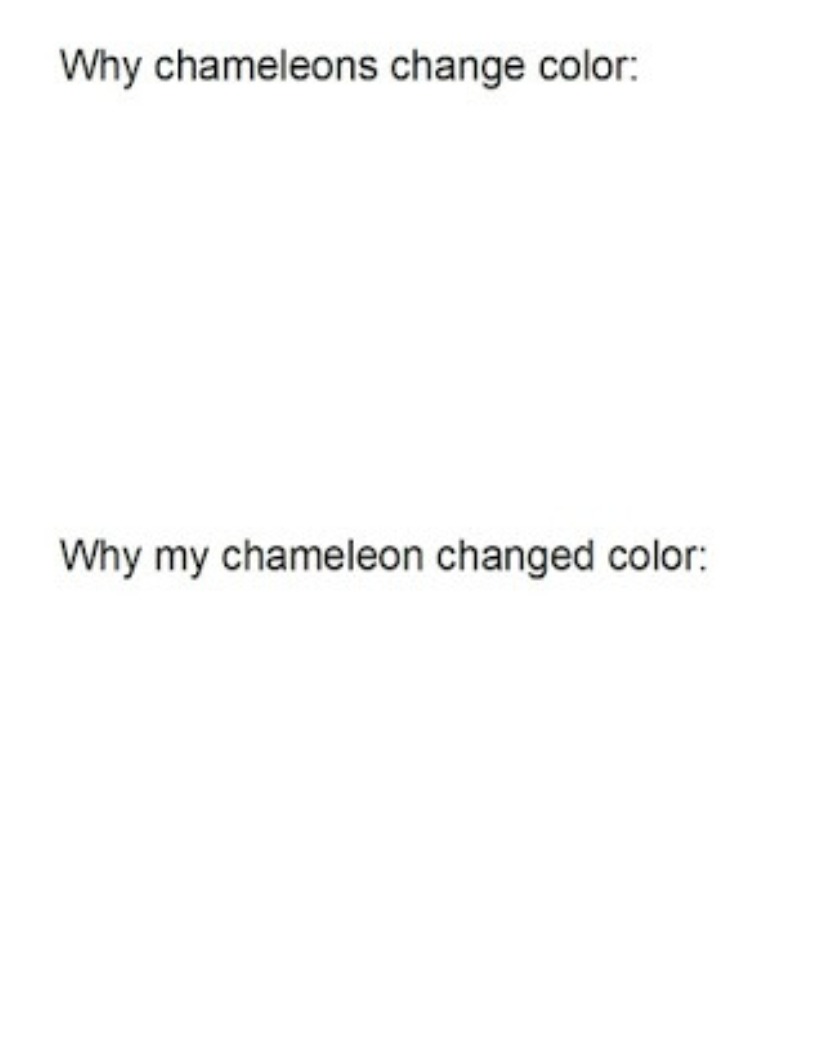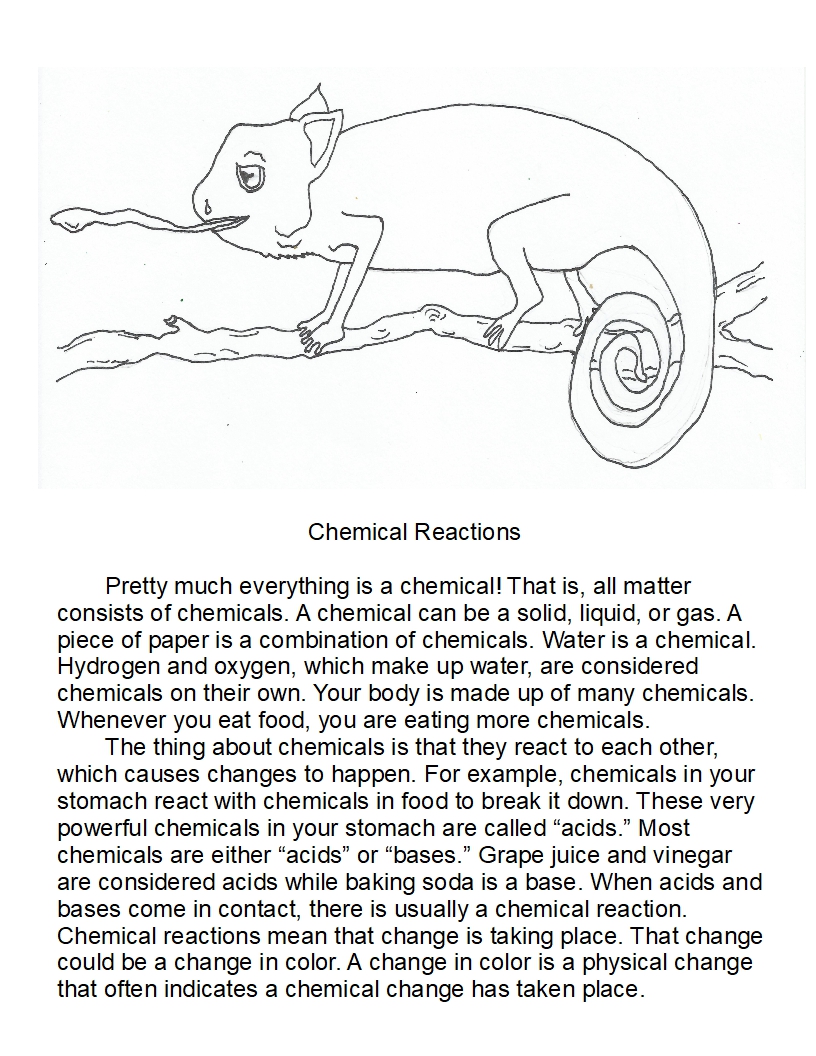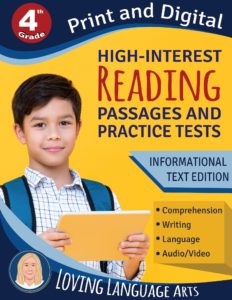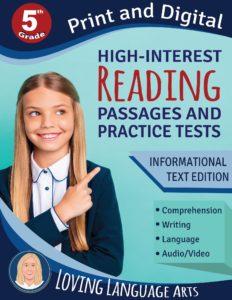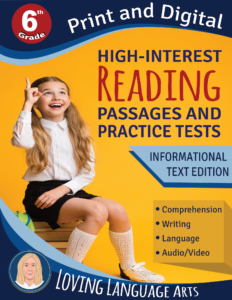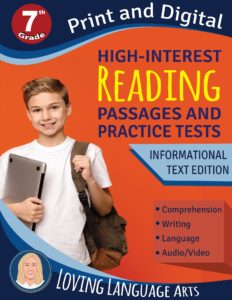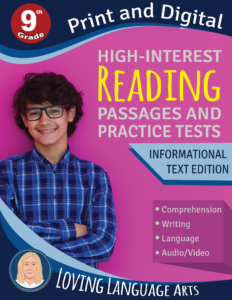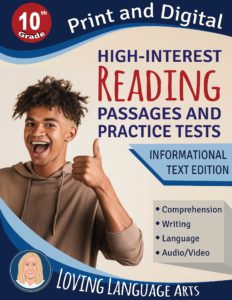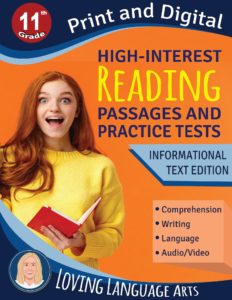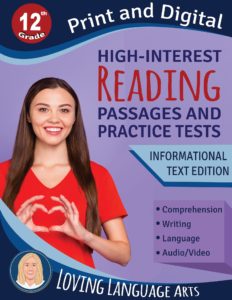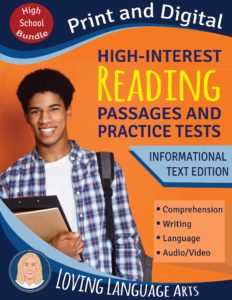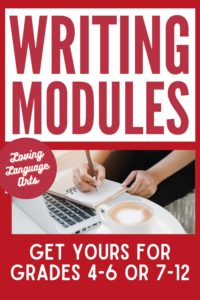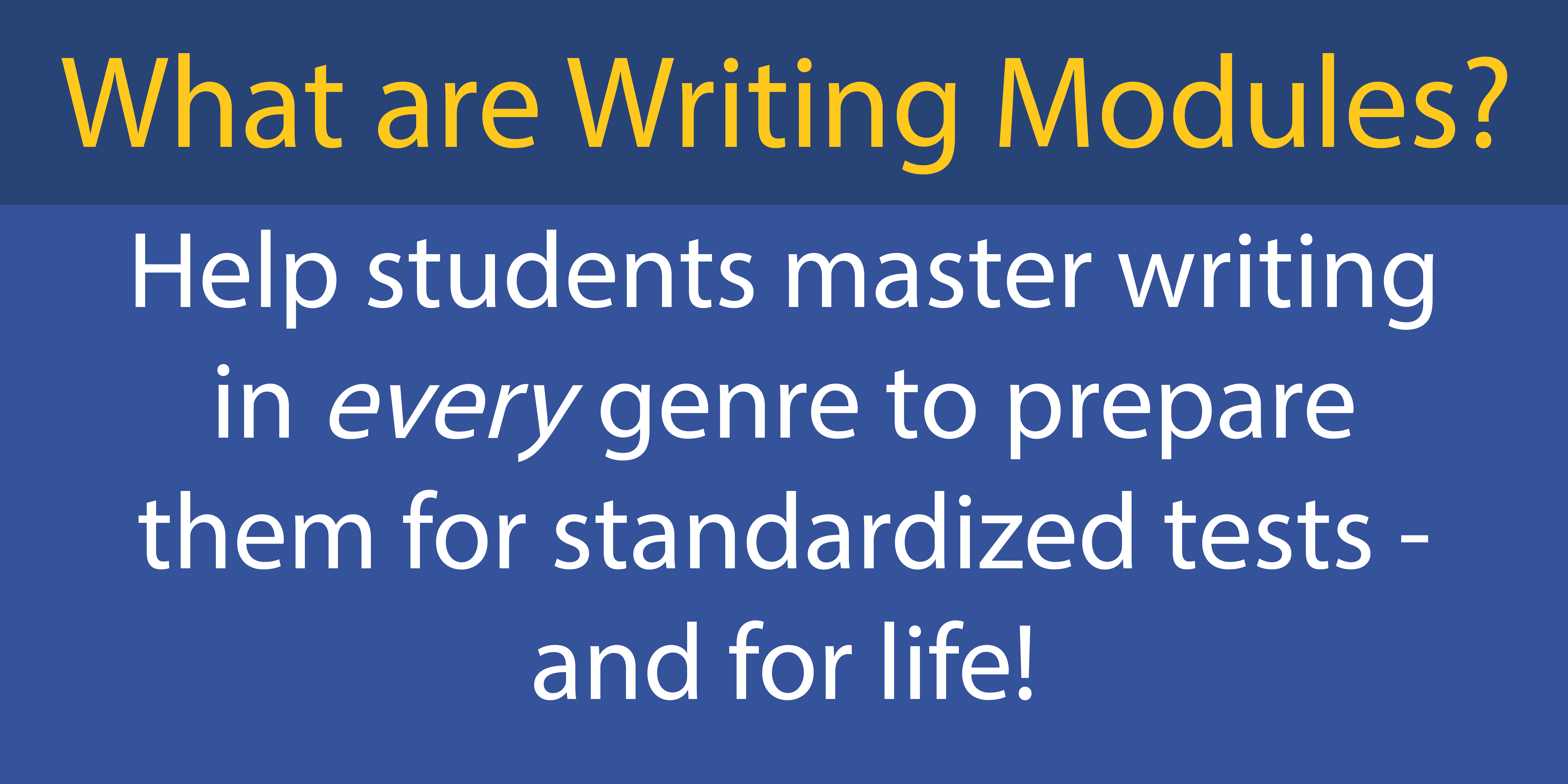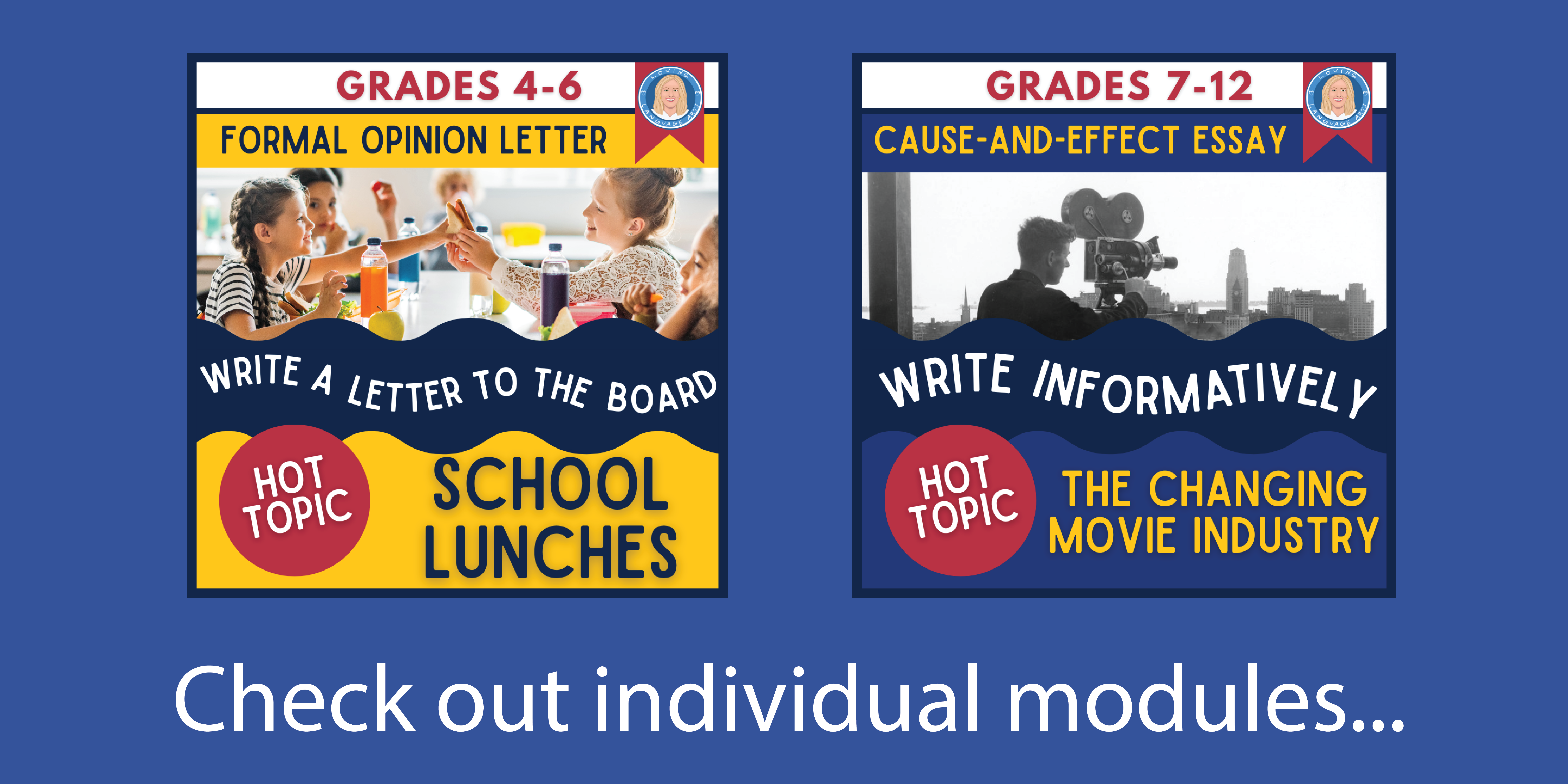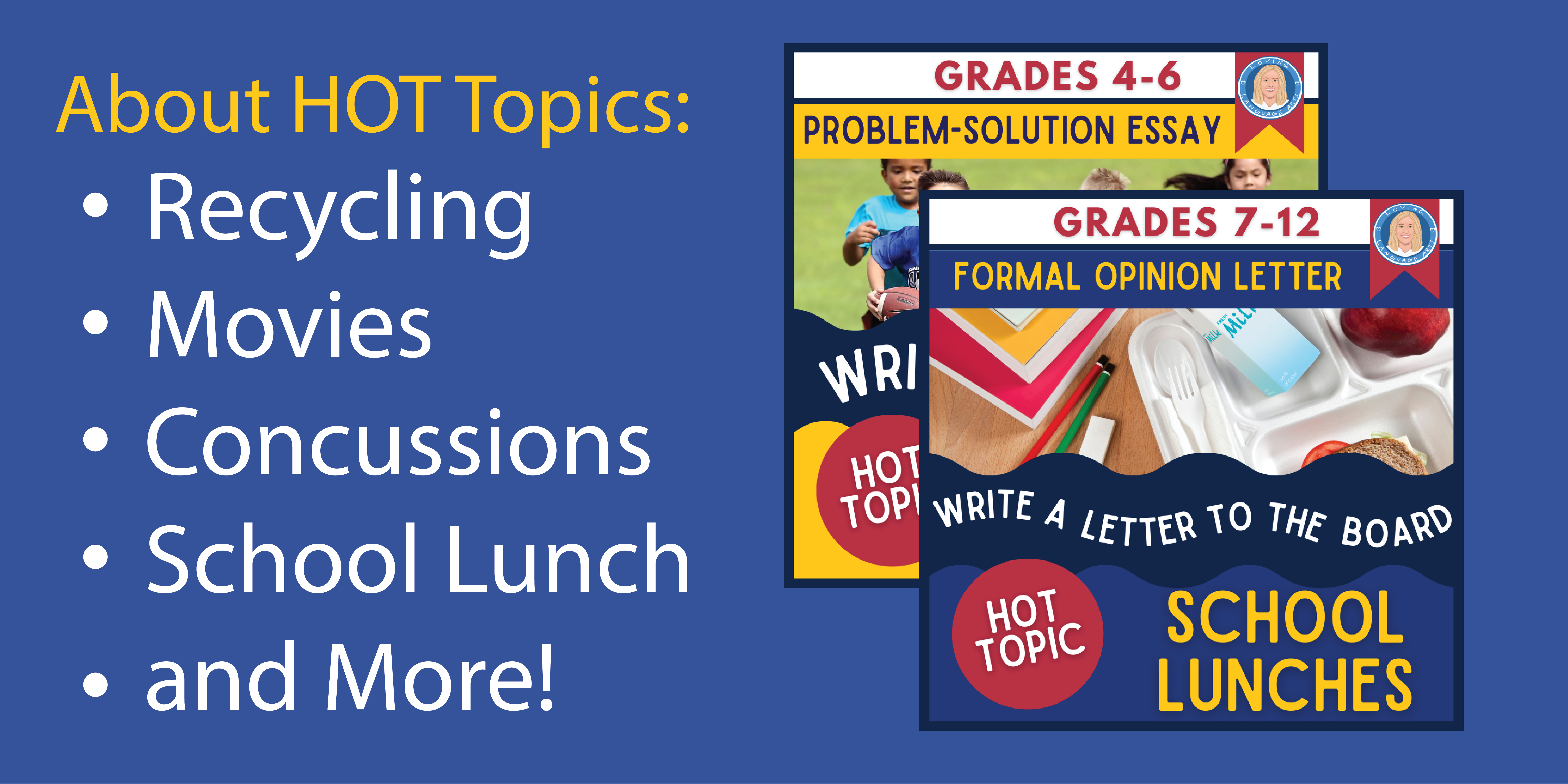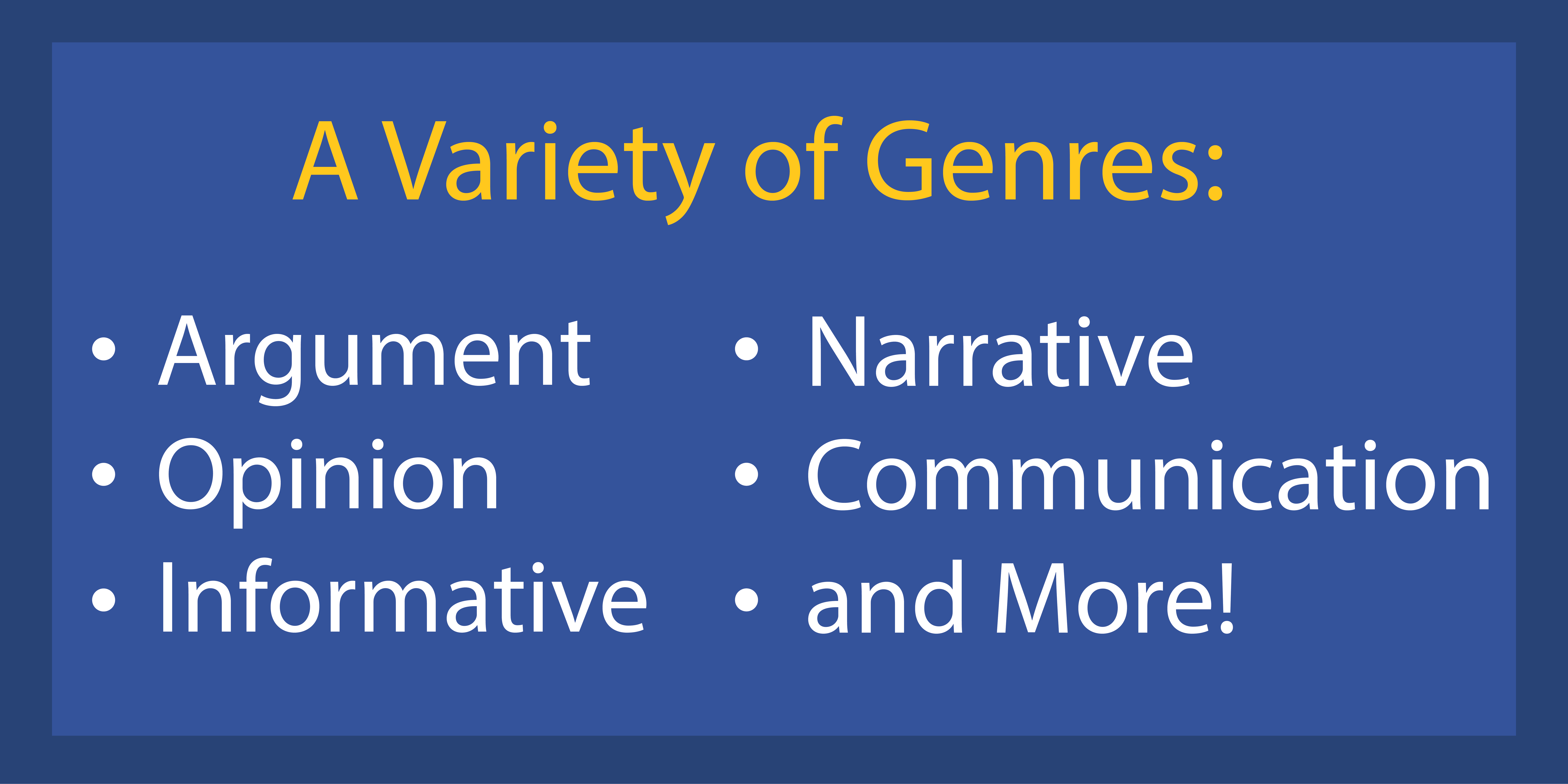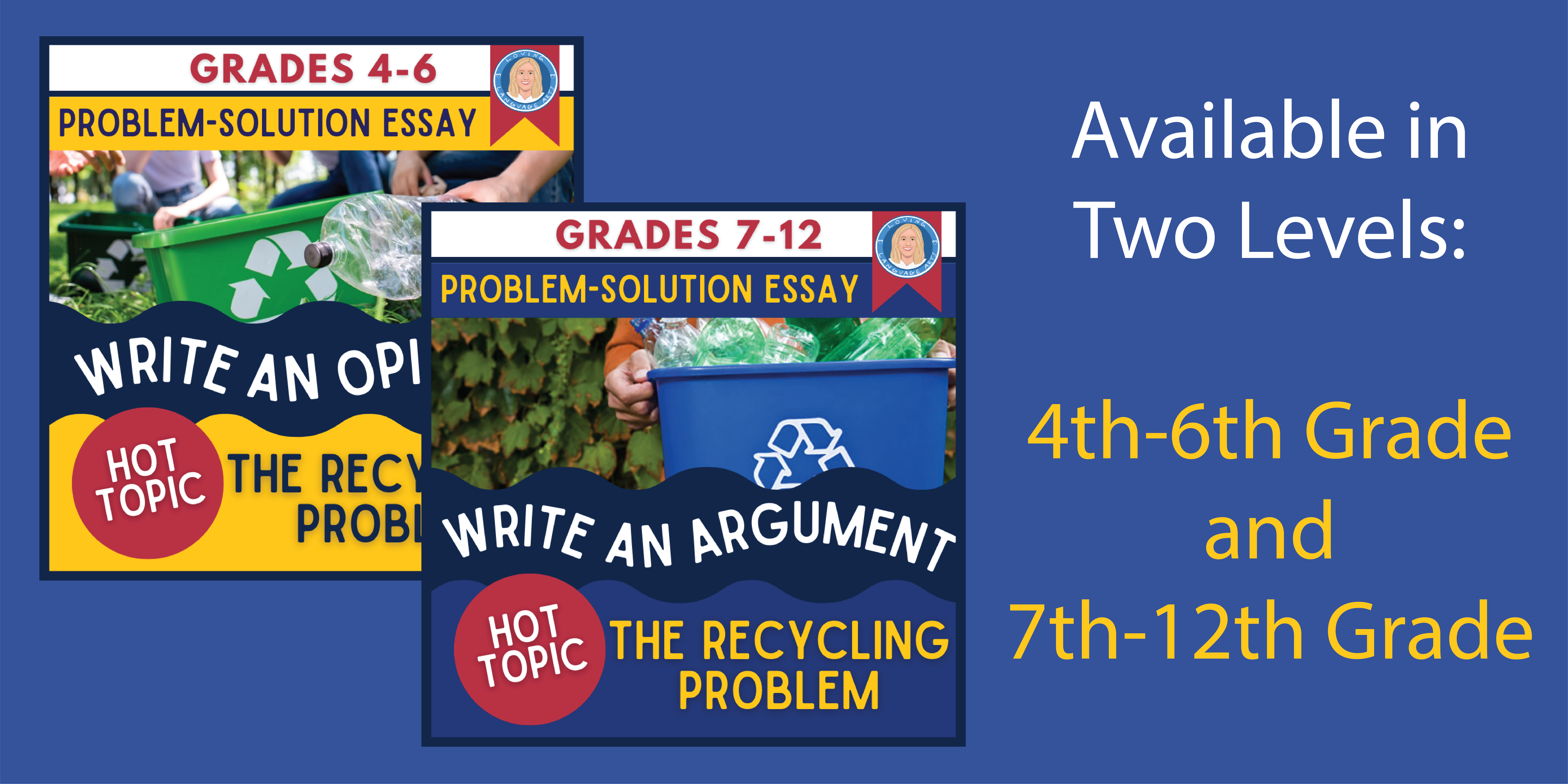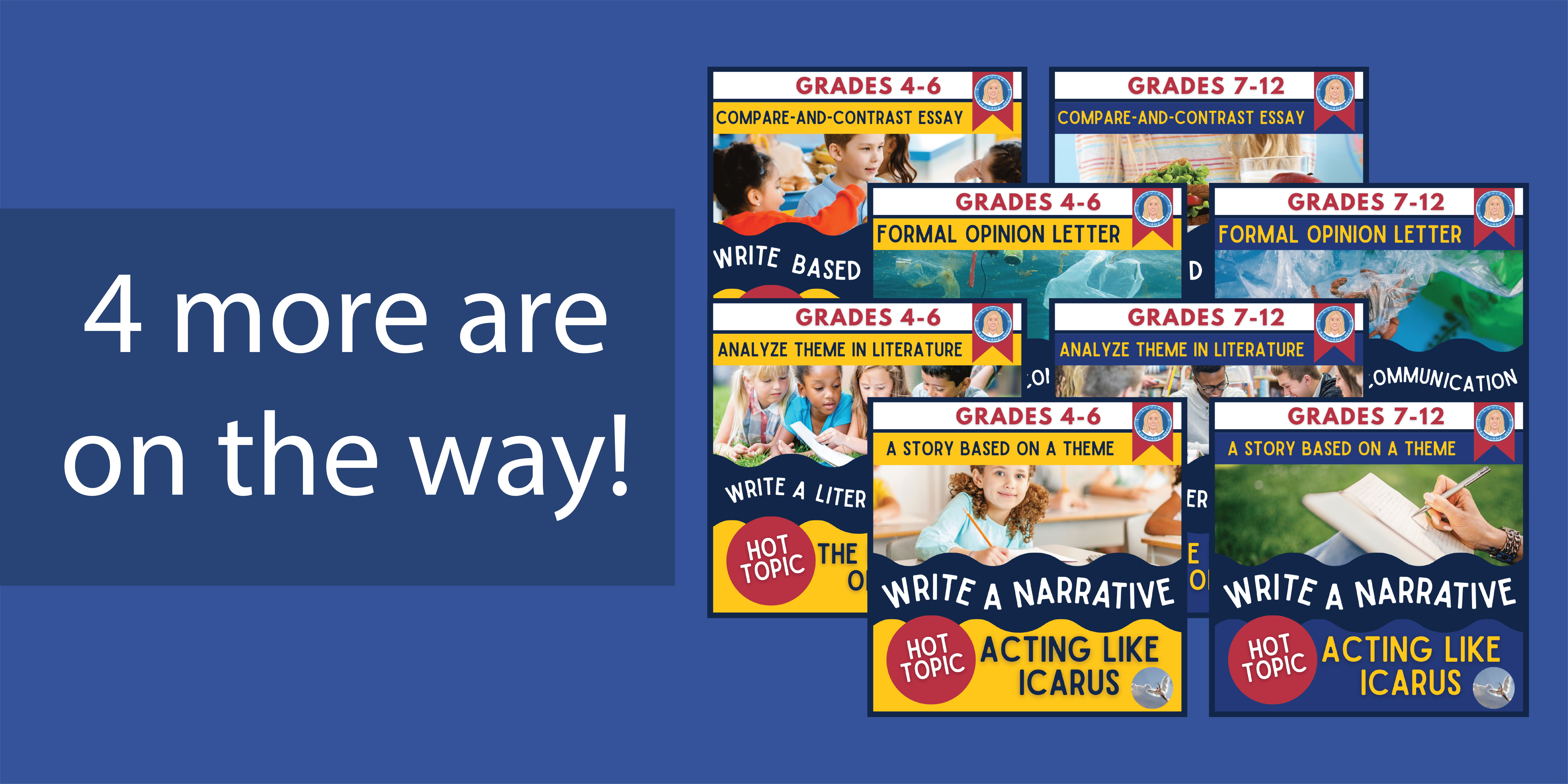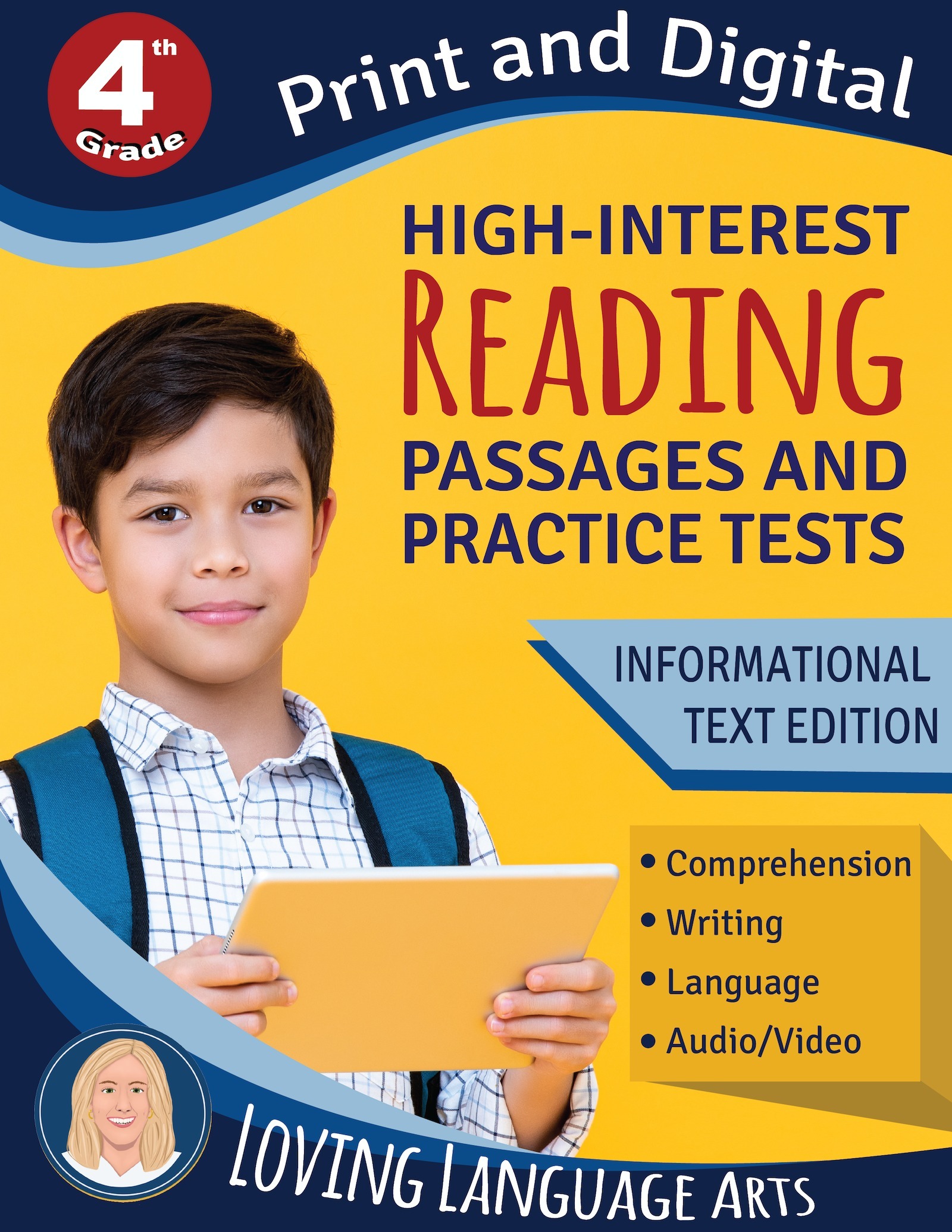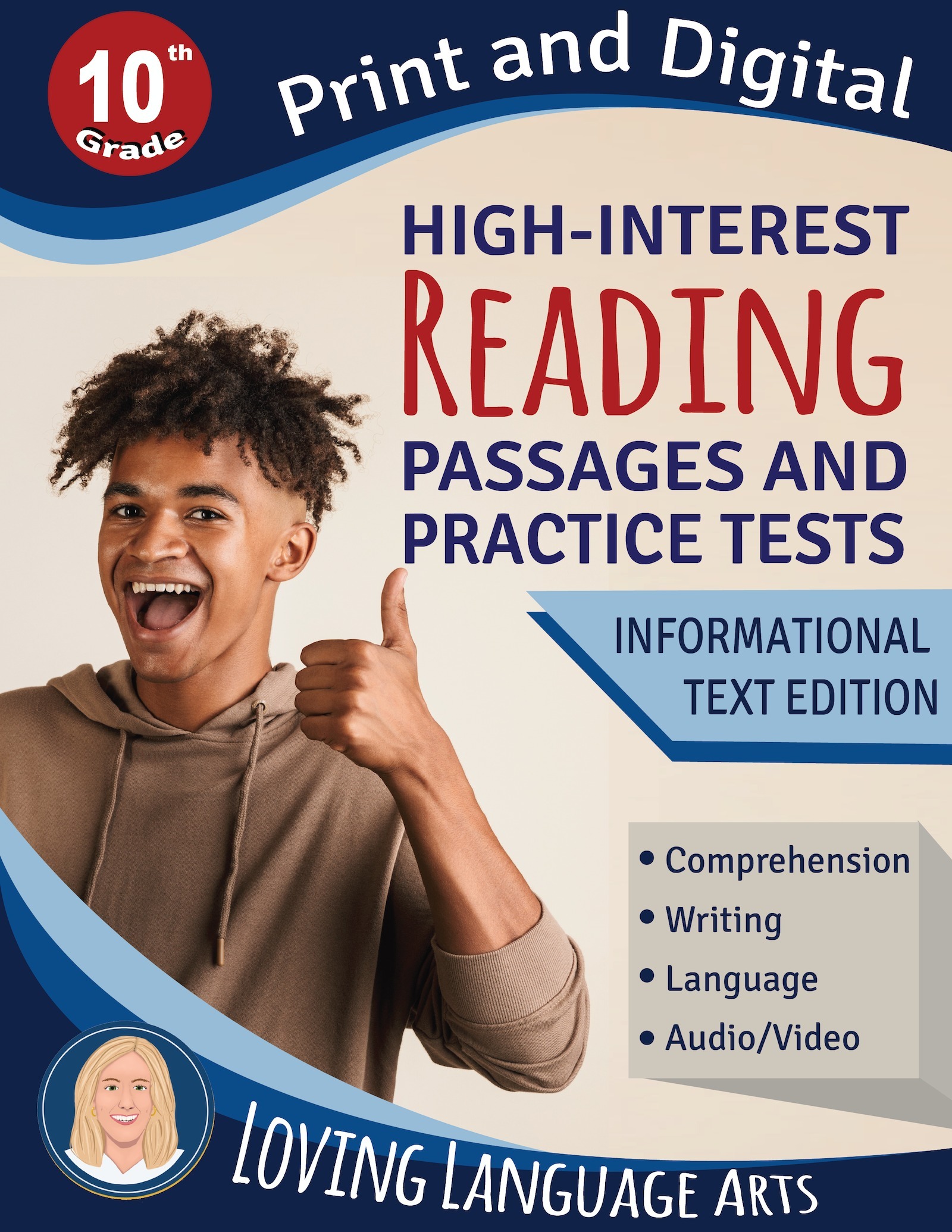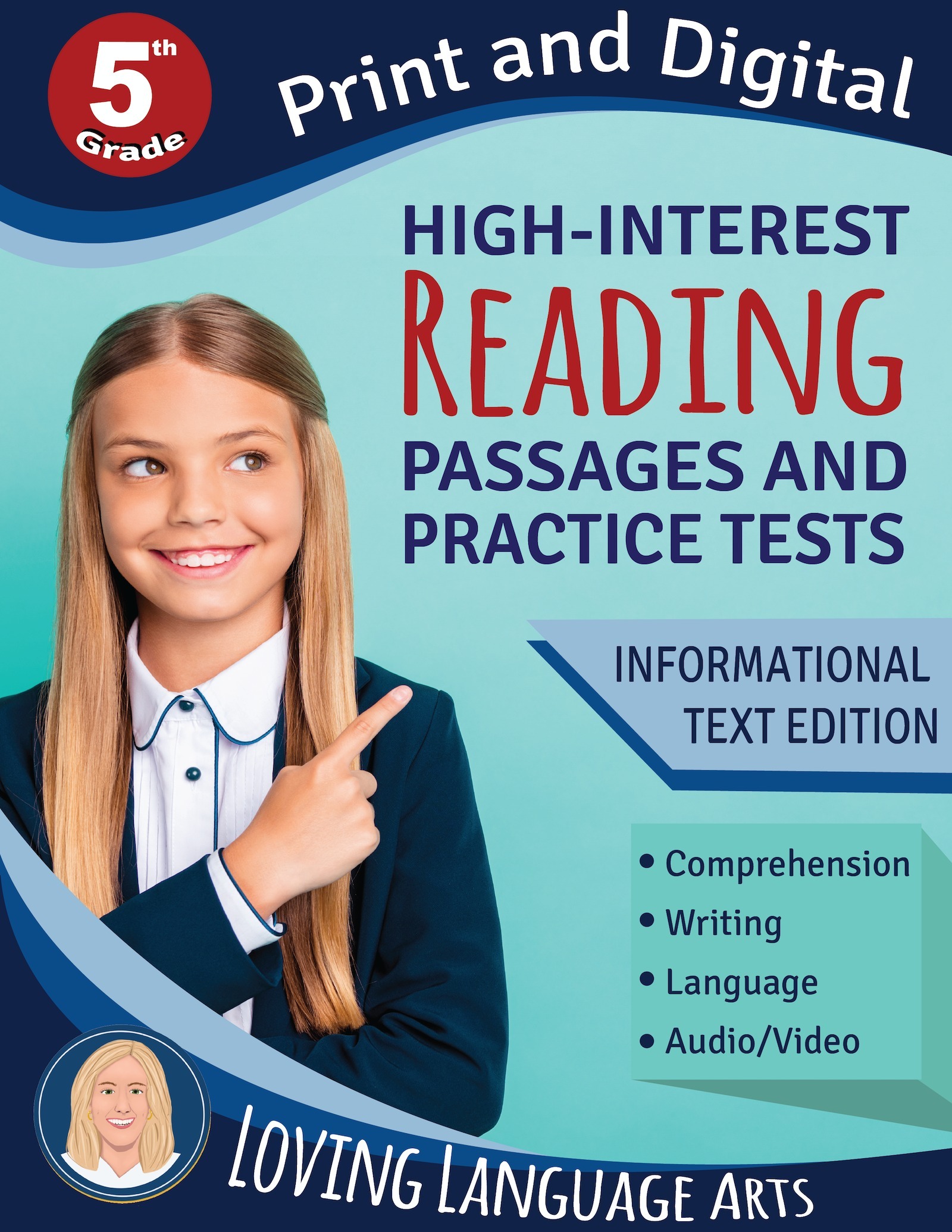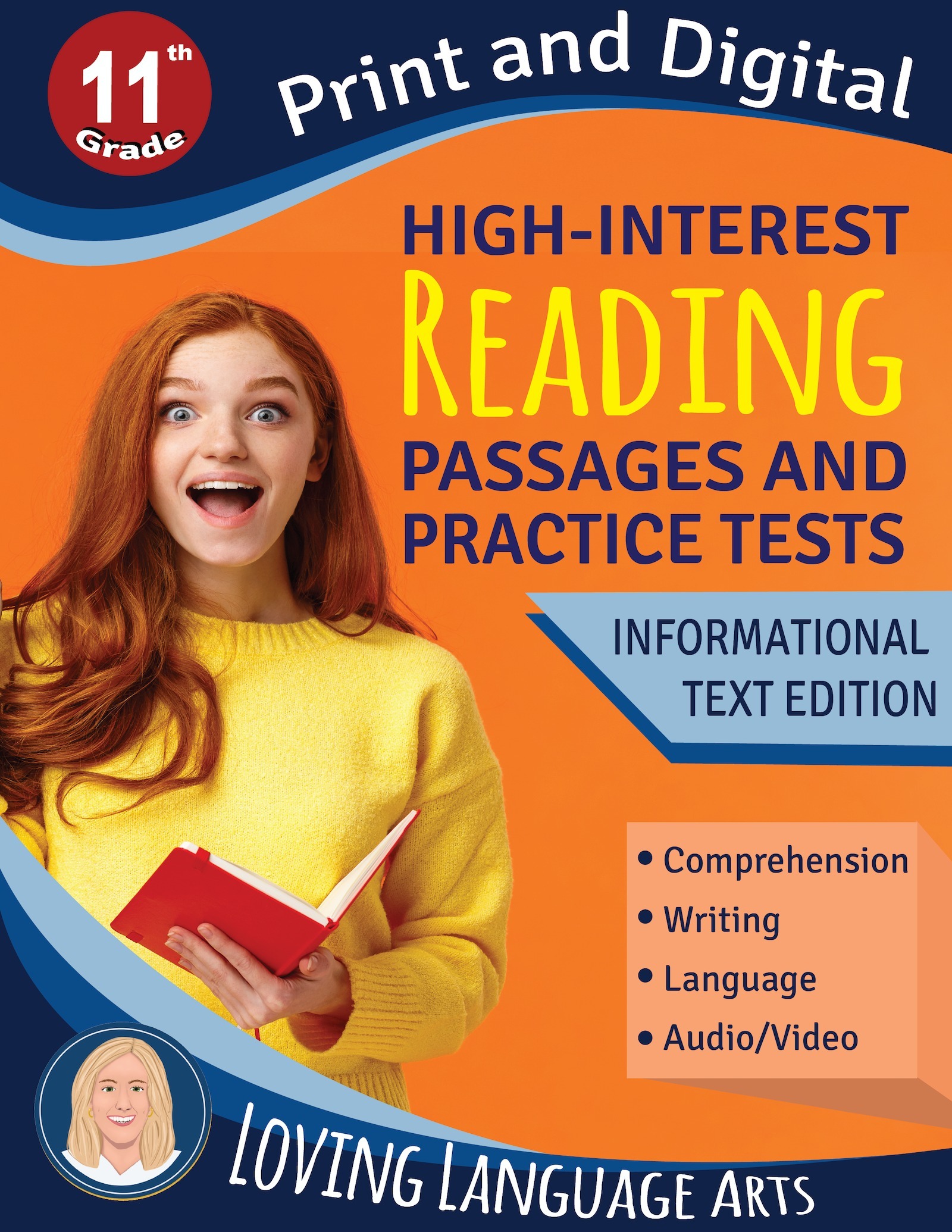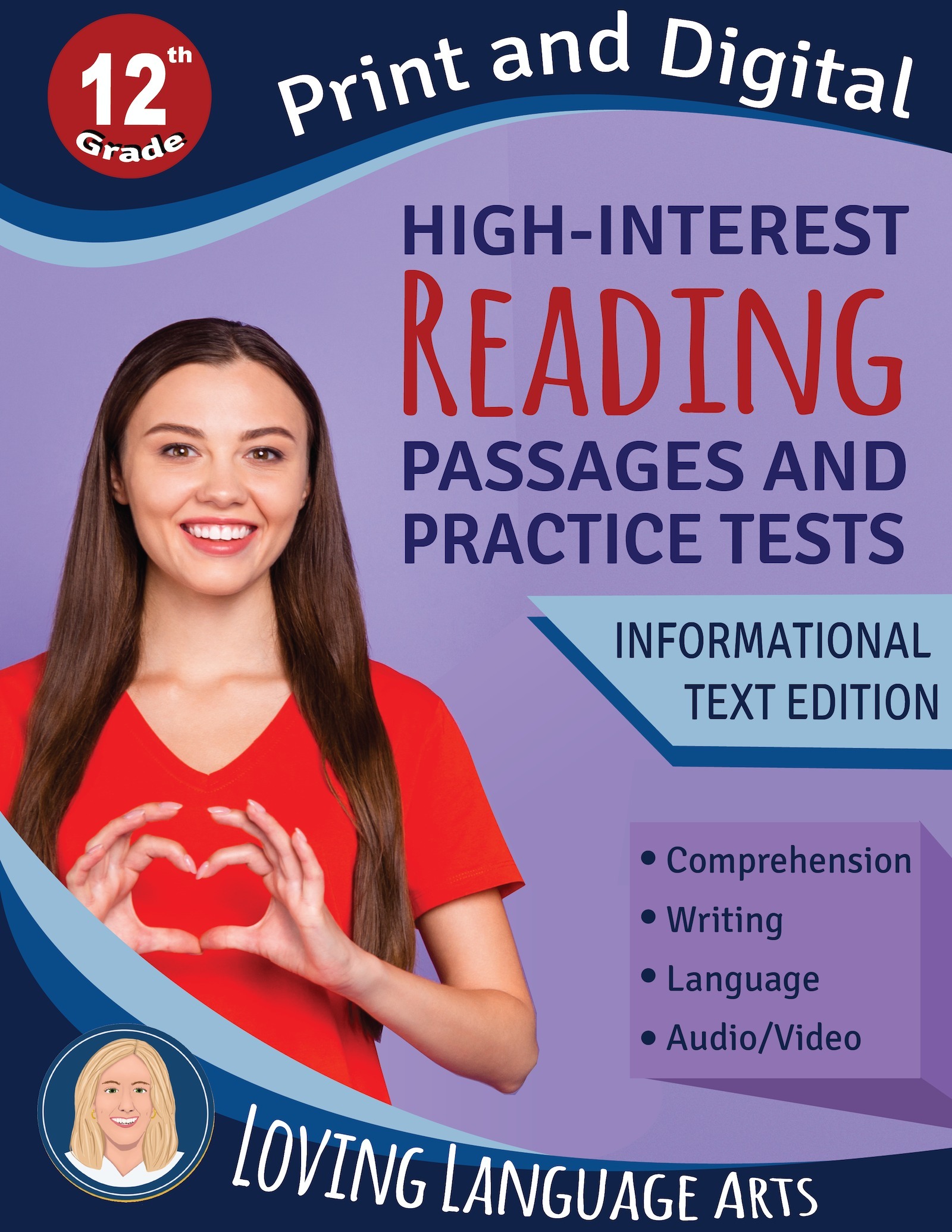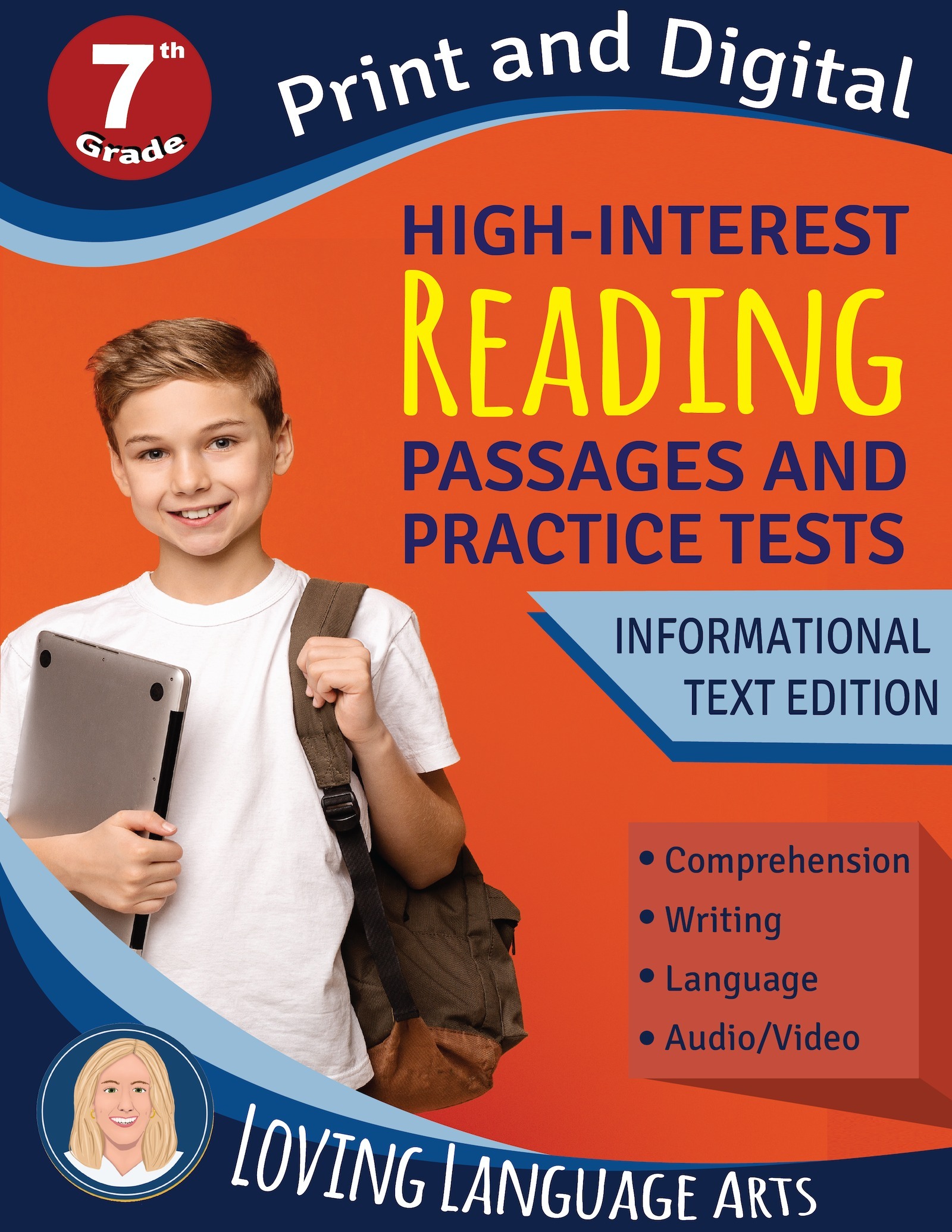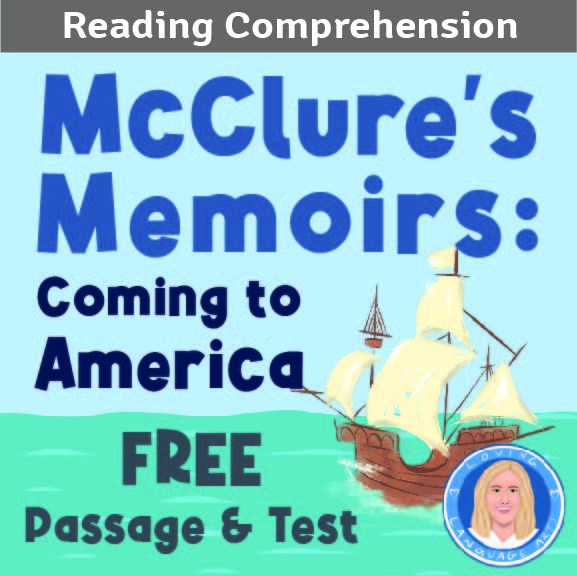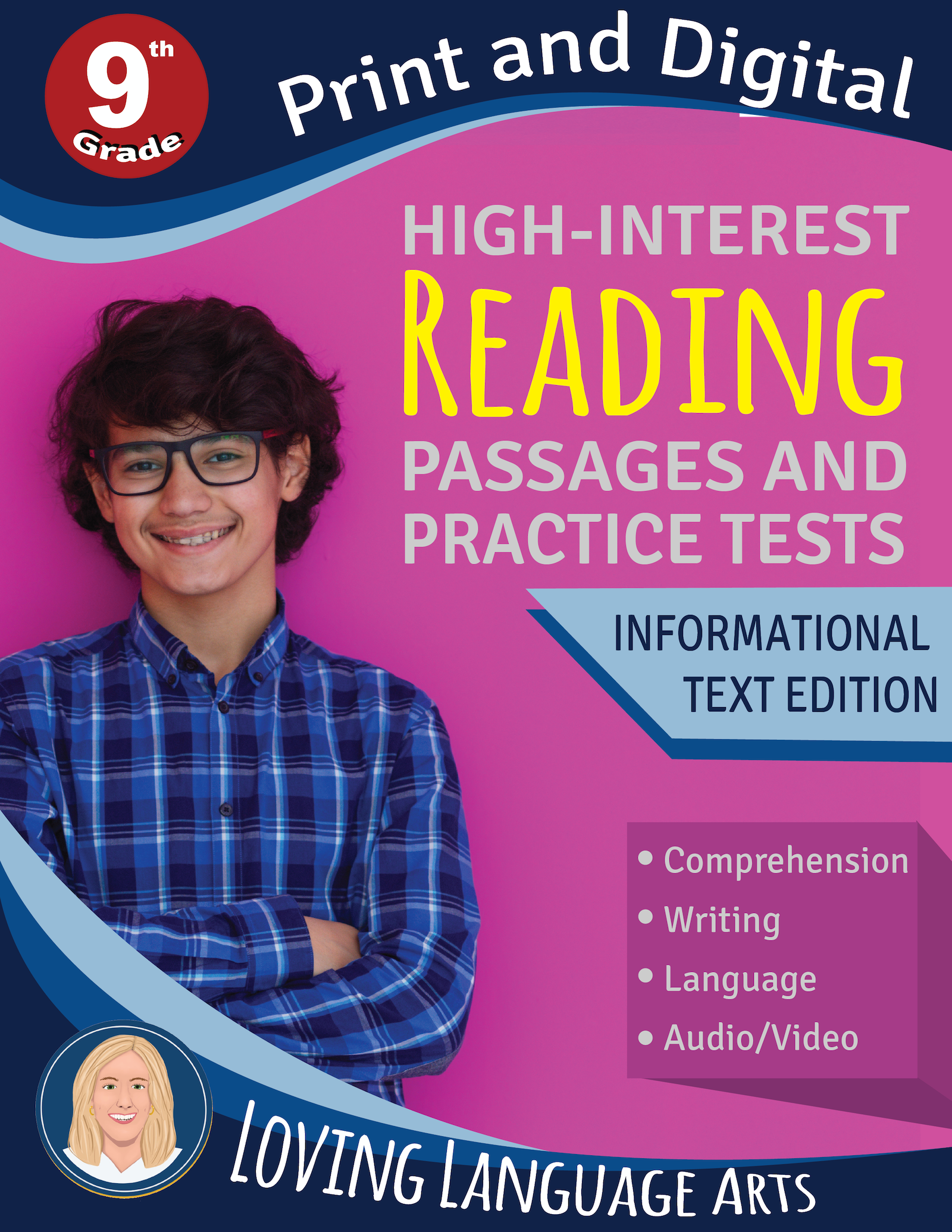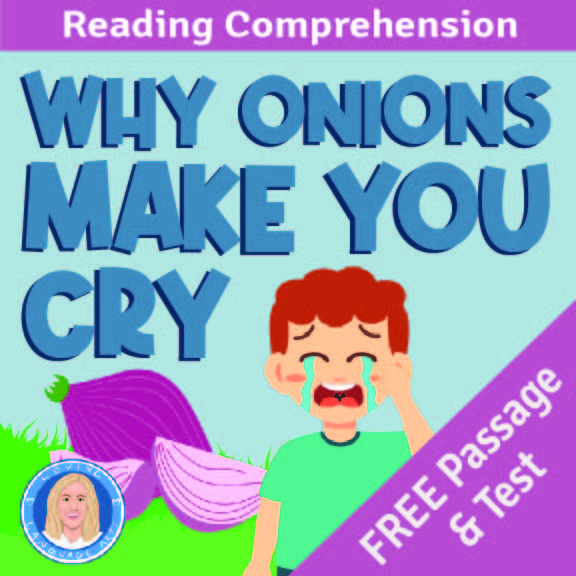How Chameleons Change Colors: An ELA Literacy in Science Lesson
This fun lesson combines science and ELA (a.k.a. literacy in science). Students read about why and how chameleons change color. They explain why chameleons change color in their own words. They make their own paper chameleons change colors in a mini science experiment. They read more informational text about acids, bases, and chemical reactions. Finally, they explain what caused their chameleons to change color (has to do with acids, bases, & chemical reactions).
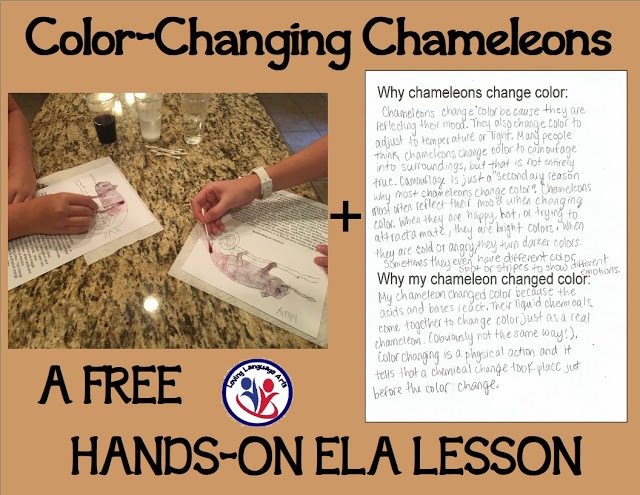
Follow These Easy Steps:
(optional) Read a short story to students about chameleons. I happened to have one on hand called The Chameleon Who Couldn’t Make Up His Mind. Or I found this short read aloud of a similar story The Chameleon Who Couldn’t Change Colour.
Give students an overview of the lesson (you can read the first paragraph at the top). Get them excited about the hands-on mini science experiment and then they will be more motivated to do the reading and writing that comes first.
Real quick, either you show them or have them look themselves at a cool animation of a color-changing chameleon at nationalgeographic.com. (This part only needs to last 10 seconds.)
Next, students read the article Why Do Chameleons Change Their Colors? Tell them ahead of time to keep their eyes peeled specifically for the section on WHY (not how) they change colors. (Btw that section starts with “So why would they want to change colors?”)
Either give students the paragraph writing sheet that is provided at the end of this post or have them write on their own piece of paper. They will write a paragraph to explain why chameleons change colors. This essentially involves writing a summary of the two paragraphs that start with “So why would they want to change colors?”
Next is the science experiment. Students will be dipping q-tips into three liquids and “painting” them on to a chameleon outline.
- Decide if you want to have students share supplies at tables or if you will rotate them through a station, etc.
- Each student needs access to a small cup of grape juice, a small cup of vinegar, and a small cup of water that has been mixed with 2 tablespoons of baking soda. Each student needs 3 cotton swabs.
- Hand out chameleon pattern sheets (provided below) to each student. They need to set these sheets on top of a paper towel because the liquids will bleed through the paper. Also, grape juice can stain, and though it is unlikely it will get on students, you may want them to wear smocks.
- Here is the procedure: dip the cotton swab in the grape juice (which is slightly acidic) and “paint” the chameleon. Allow the chameleon to dry for about 5 minutes. Student may need to gently wave it in the air or put it outside to ensure it dries enough.
- Now, students can view a chemical reaction by dipping another q-tip into the baking soda mixture and then dabbing it onto the chameleon. They can make spots or stripes. These areas will turn a bluish-green. A color change indicates a chemical reaction has taken place between an acid and a base.
- To see what happens when they add a chemical that is highly acidic, students use a different cotton swab to dip into the vinegar and then dab that on to see that it turns pink.
Finally, students will read the paragraph about chemical reactions that is below the chameleon pattern. This explains why their chameleons changed color if they read it analytically. Have students write the paragraph about what caused their chameleons to change color.
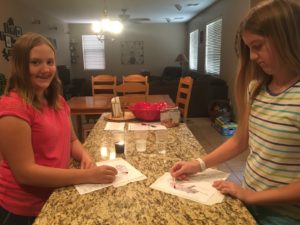
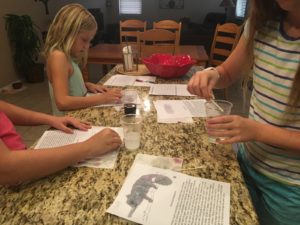

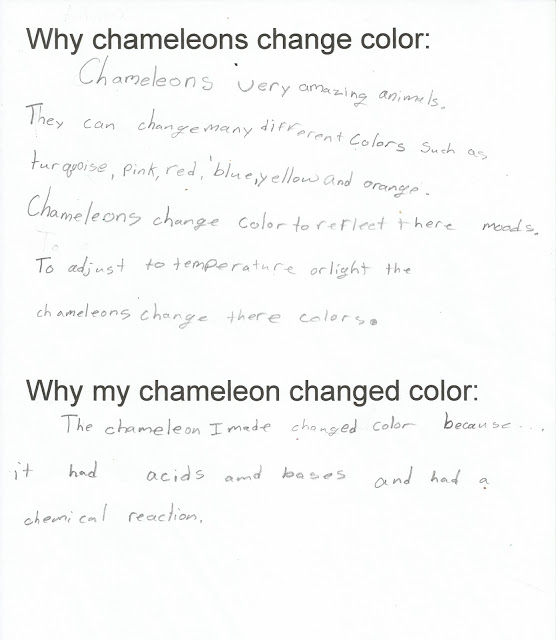
Template: Paragraph Response Sheet
Template: Chameleon Outline & Informational Text
You Know What Else Kids Love?
These workbooks! I made the articles super interesting to kids by writing about things that interest them! AND IT WORKED! I keep hearing from teachers how kids get so into these texts that they actually WANT to answer the questions!
Click below for FREE ELA PRACTICE TESTS – each targeting specific reading, writing, language, and speaking/listening/viewing standards.
Check out these GRADE-SPECIFIC test prep books with practice tests that target EVERY GRADE-SPECIFIC READING INFORMATIONAL TEXT STANDARD, one by one. An added bonus is that students LOVE the texts! In Easy-Print or Self-Grading Online Versions.
The 6th Grade Practice Tests Test Prep Workbook “is a high quality, beautifully-aligned resource. It is no-frills, to the point, yet high-interest for students. It is helping us prepare for standardized testing in a hybrid, synchronous, difficult year.”
How about save this pin to your “Literacy in Science” or “Science in ELA” Pinterest Board so that you can come back to this post again?
